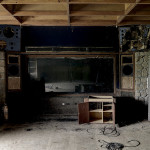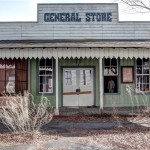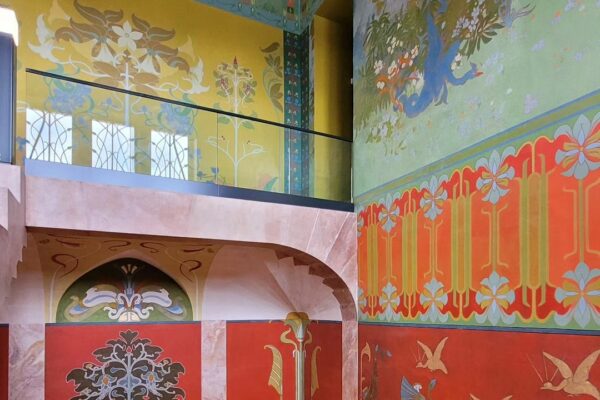
We’re following up on a previous adventure today. Do you remember visiting the AIR recording studios the other week; one of the most prolific studios in music history which is now rotting away on a Caribbean island? Urban explorer Shane Thoms took us along on his journey with him to Monserrat in the West Indies, where in the mid 1990s, the resident volcano woke up and wiped out more than half the island, even burying the capital city and turning it into a modern Caribbean Pompeii. That half of the island is known as the “exclusion zone”, where you’re definitely not supposed to go. Luckily, our man Shane went ahead so we don’t have to worry about things like pyroclastic flows travelling at 700 km/ hour towards us.
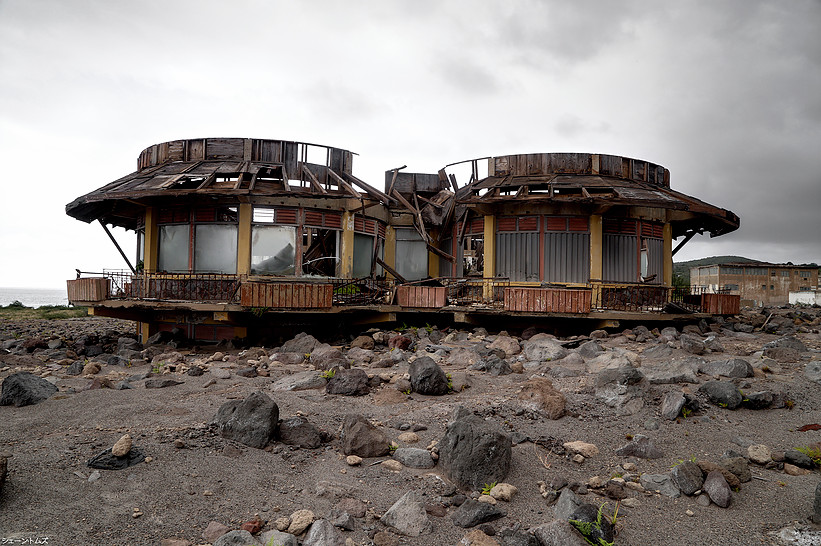
So the last time we joined Shane he was at the abandoned site of AIR studios, which sits right on the border of the exclusion zone and the (semi) safe zone, but he also managed to get beyond that border to photograph the buried landscape in the shadows of a highly unpredictable volcano. In Plymouth, the island’s former capital city which was blanketed in more than 12 meters in mud, he was warned to stay on the left side of what is currently a very dangerous pyroclastic flow area (fast-moving currents of hot gas and rock) and to generally be careful not to wander into the direct path of the volcano.
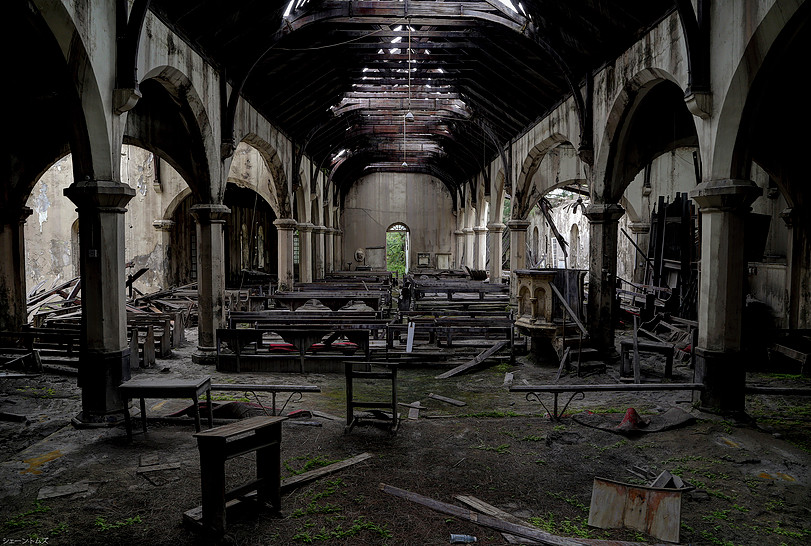
These are just a few shots from his visual journey through the residue of Plymouth, but you can find more here. Needless to say, it wasn’t the kind of place he felt comfortable hanging around for too long…
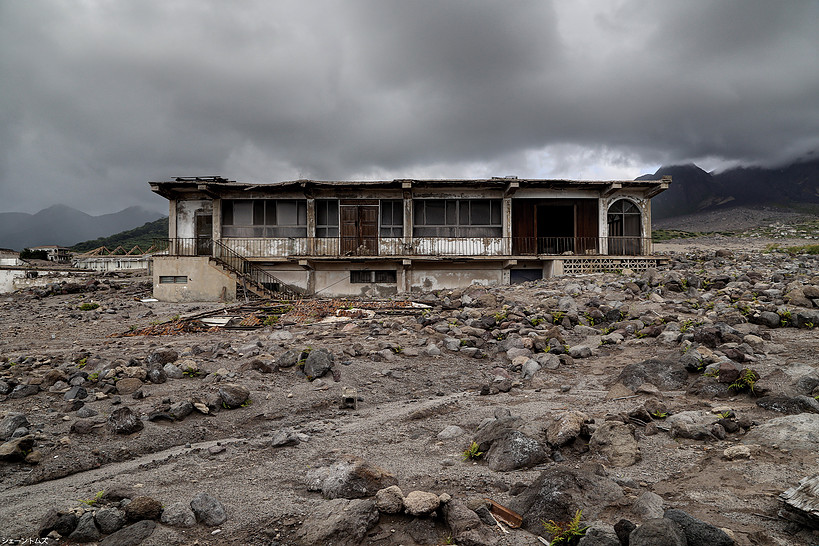
Just north of the former capital is an area called Richmond Hill, a once affluent suburb of Plymouth which was sealed off but has just recently been cleared as a “Daytime Entry Zone”. Here, Shane was able to spend 5 uninterrupted days wandering the streets alone, taking a peek inside many of the discarded homes, left just as they were at the moment of the mass exodus in 1997 when more than two thirds of the population were relocated (most to the United Kingdom), never to see their homes again.
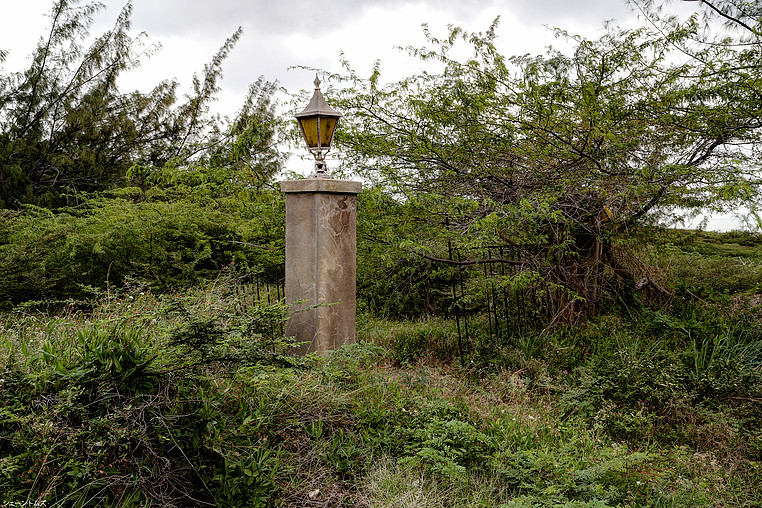
Now overgrown and engulfed by nature after almost 20 years of abandonment, these are the mansions of Montserrat…
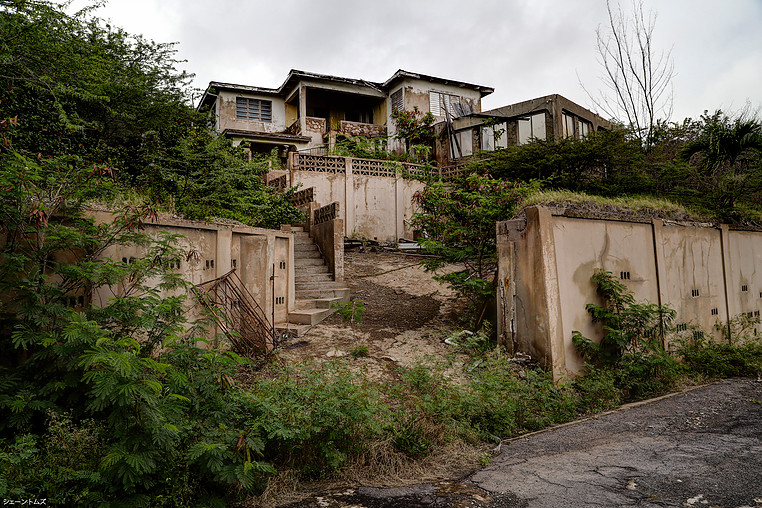
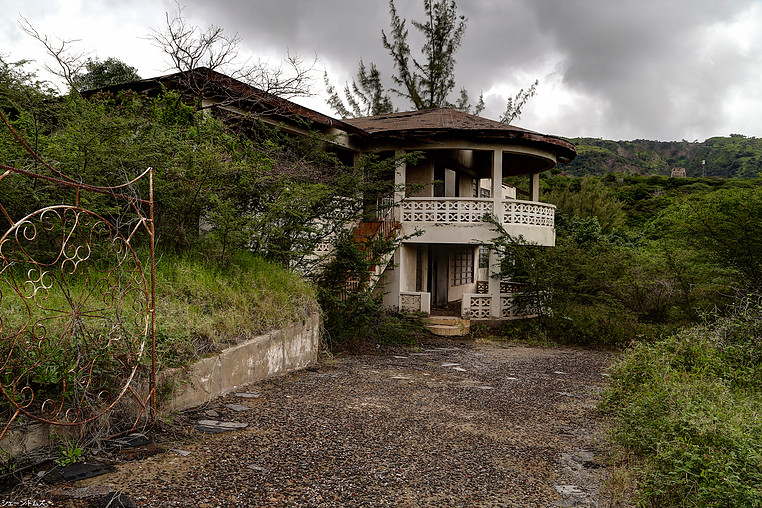
“Years of ash build up meant that most front doors couldn’t be opened, so I found myself climbing in through windows … I had to do a little bush bashing to enter as many as possible,” Shane tells me, fresh from his travels to the island that once hosted the Rolling Stones, the Police, Michael Jackson and other legendary musicians who recorded their albums at AIR studios.
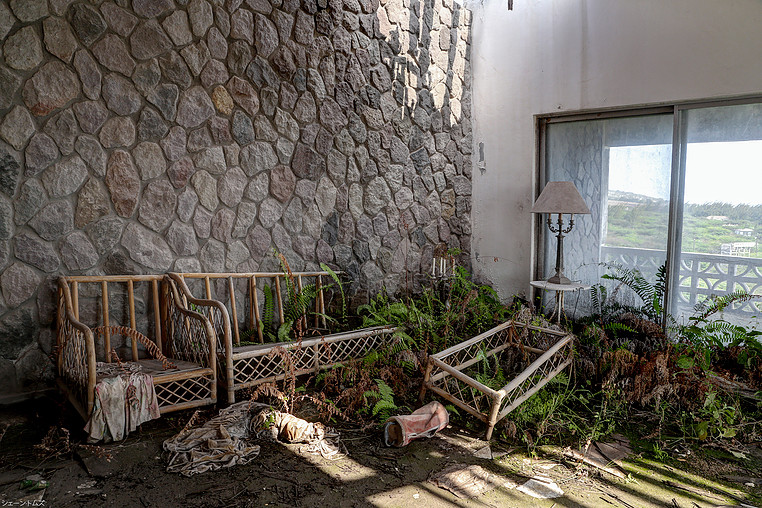
(c) Shane Thoms
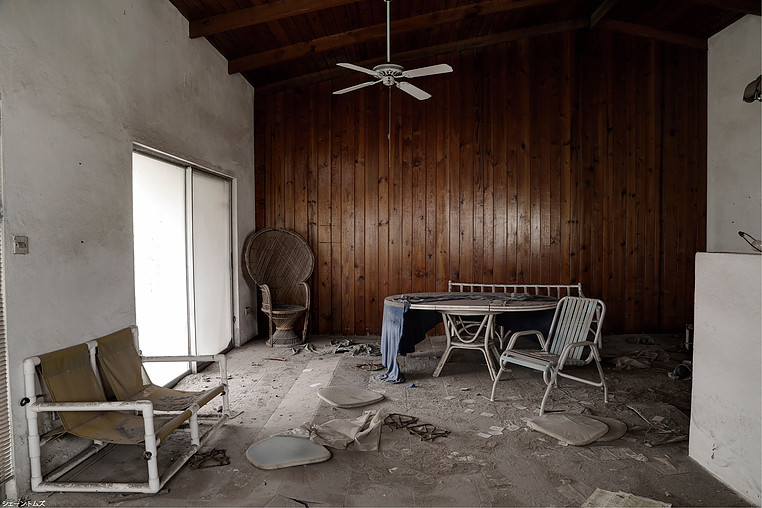
Private and foreign investors spent hundreds of millions of dollars constructing homes on Montserrat, and Richmond Hill was one of the most attractive spots on the island. “This small suburb was once a quaint, proud, hilly beachside town with manicured, grand family residencies, holiday houses and apartments.”
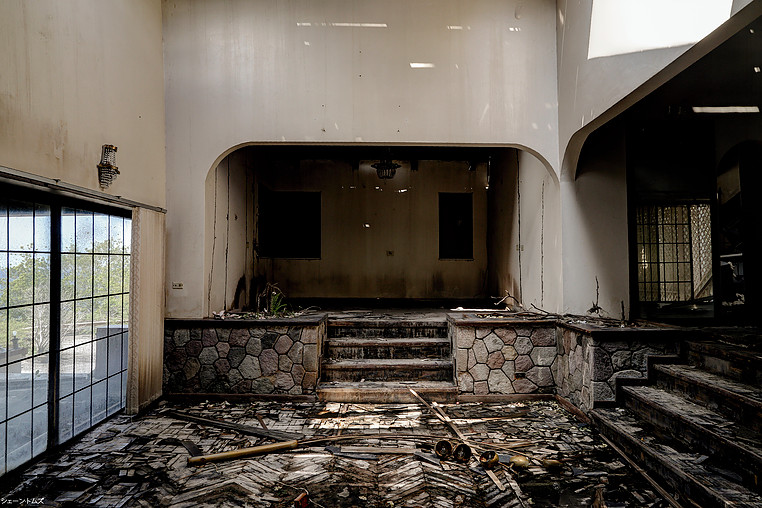
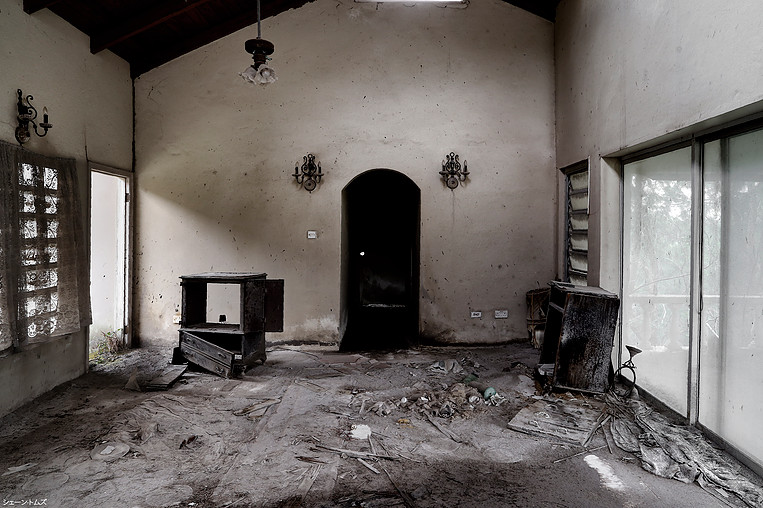
He writes a full account of his discoveries in a visual journal…
In terms of interior architecture and design, I was usually greeted with either a 60’s, 70’s or 80’s kitschy space … Some interiors were sparse with nothing at all inside while others were filled with household items and bits and pieces … There was no indication of life after 1997, with VHS tapes, cassettes and dated letters scattered over floors and tables– objects of the time.
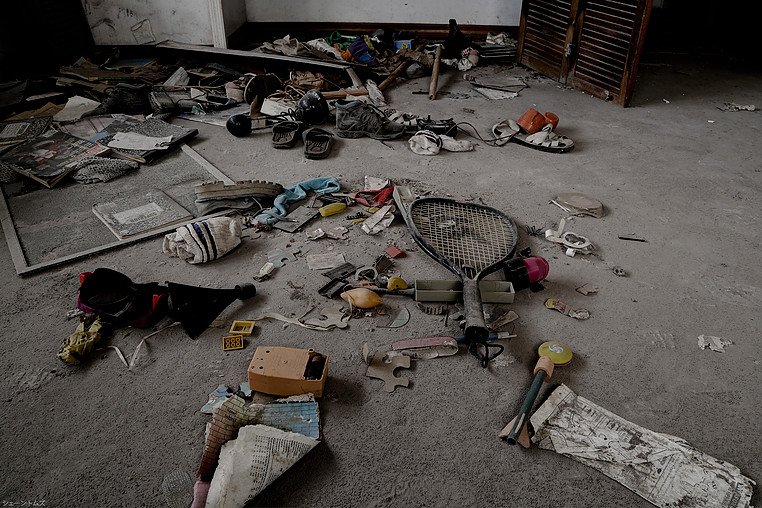
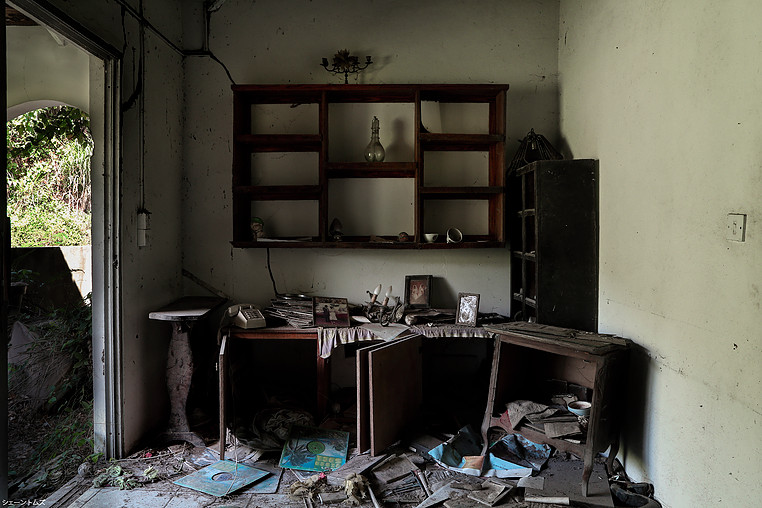
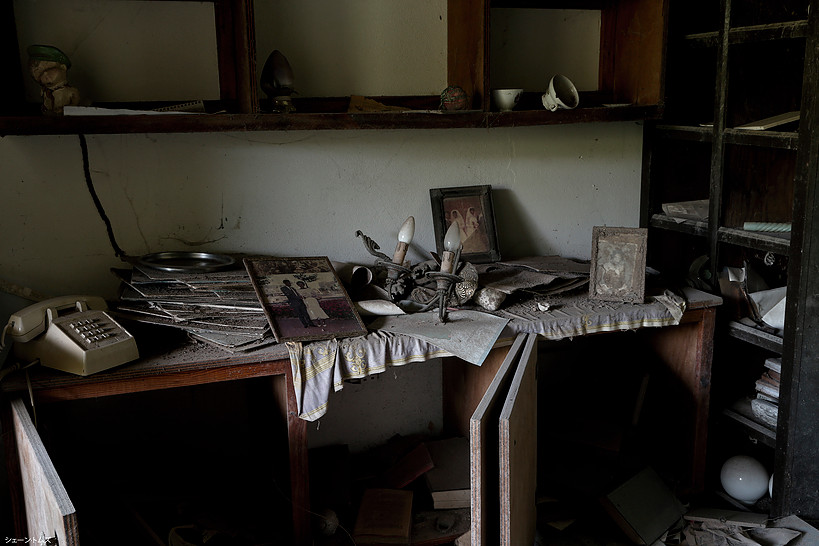
Some bedrooms still contained clothes hanging in closets and shelves full of books (which I spent a while sifting through). I had been advised by a few locals that no one in the Richmond Hill area actually died as a result of the volcano erupting (unlike the neighbouring area of Streatham village in which 19 people died when pyroclastic flows tore through the town).
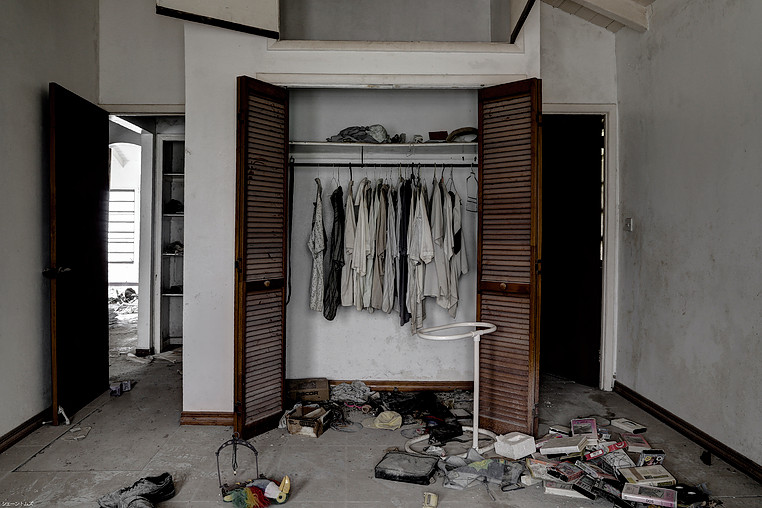
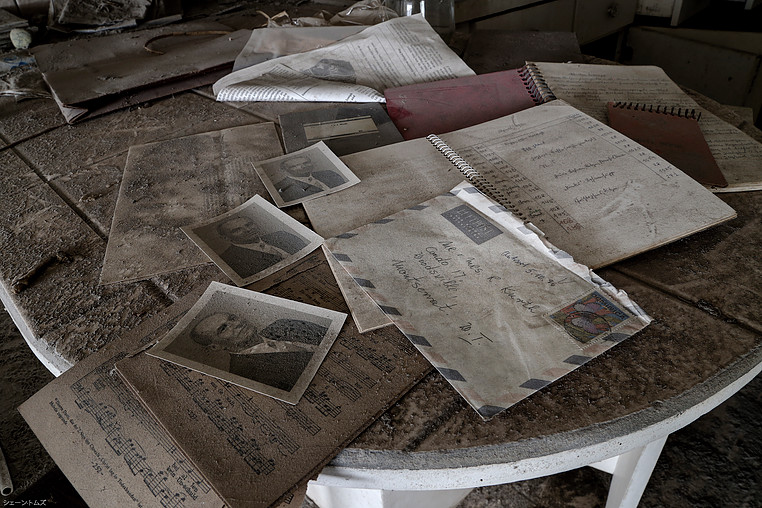
Although it was sad to see discarded children’s toys and forgotten family photos covered in dust, I’m sure (as advised by my sources) that these former residents were (hopefully) living happily somewhere else…so it wasn’t a particularly heavy place to explore.
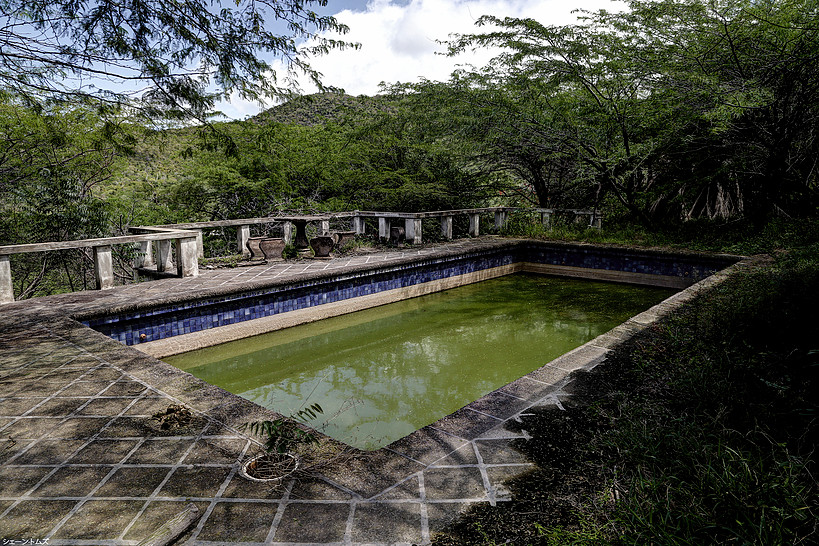
I guess the only disturbing thing was the occasional strong smell of sulphur and a faint mist that would descend over the neighbourhood from time to time (a creepy reminder as to how close I was to the active volcano).
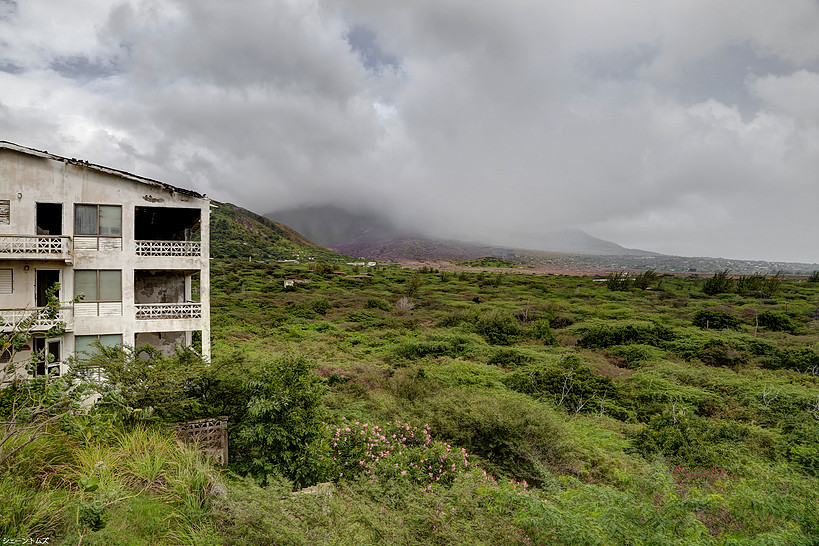
Even though I had been advised by locals that the chances of an eruption reaching this area (at the present time) was unlikely, it still felt a little uncomfortable (and, being the horror movie nerd I am, reminded me a little too much of the movie/video game ‘Silent Hill’).
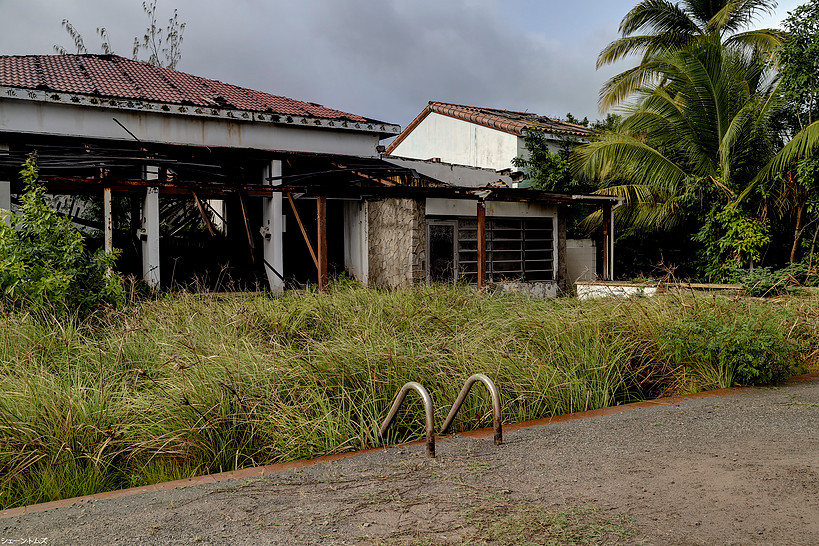
Wasp nests dangled from ceilings while large frogs had taken up residency across the floors. I also found a green swimming pool filled with toads sitting on top of each other which looked kind of gross but cute at the same time.
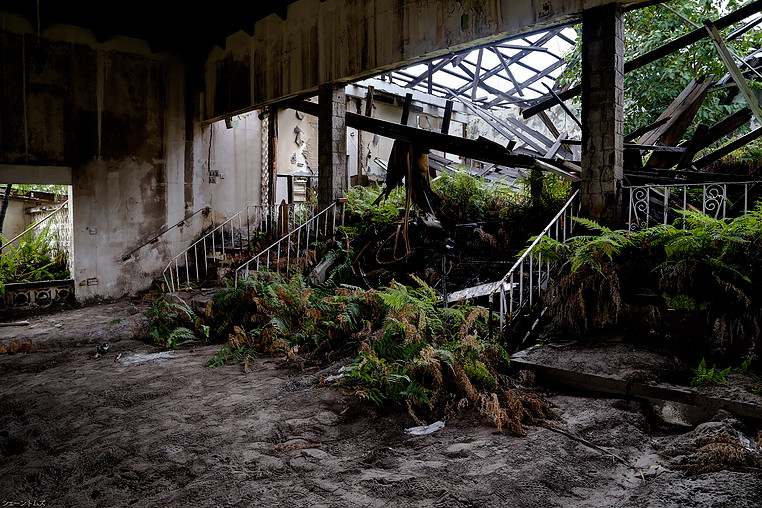
There was a hotel on top of the hill with guest rooms, a reception and a swimming pool filled with years of ash fall and a perfect view of the volcano in the back ground.
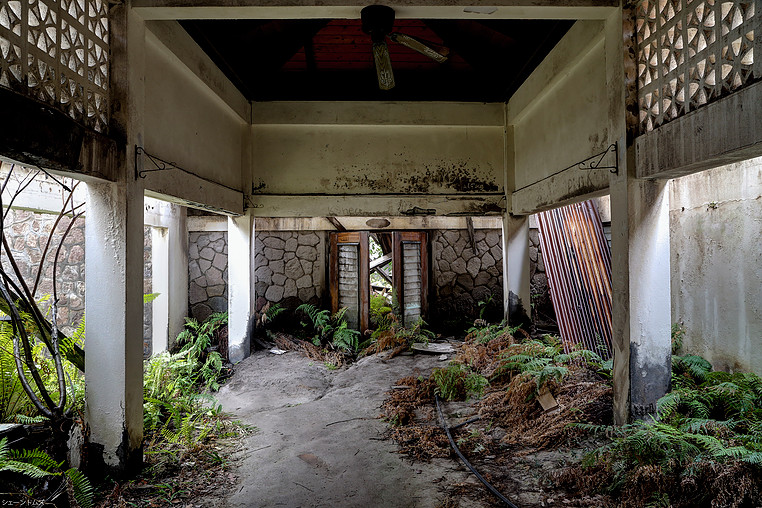
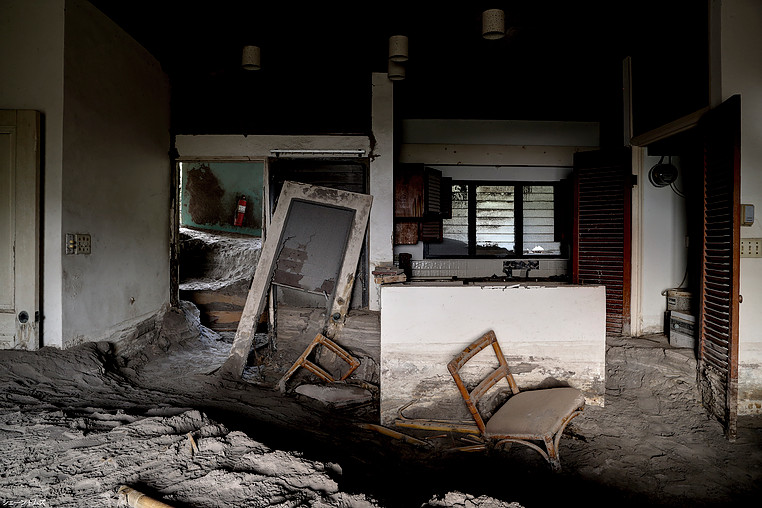
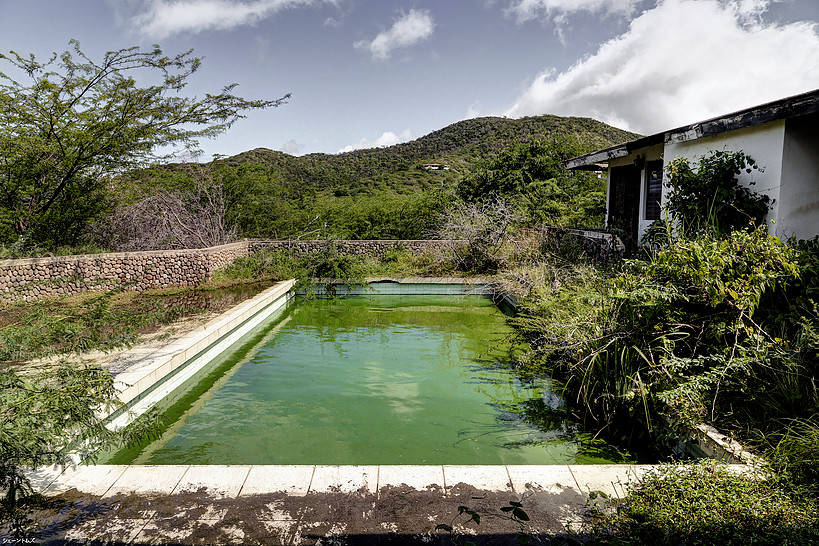
This was a great place to explore and felt very untouched. Adding to this was its stunning location being surrounded by beautiful beaches, nature and warmth. And for those who enjoy checking out modern ruins, I’d definitely recommend it. With this is also the amazing culture of Montserrat…these people are so friendly, helpful and just beautiful. With hardly any tourism, it would be nice to see more people visit this amazing little jewel in the Caribbean.
Find all of Shane’s photos of Richmond Hill here.
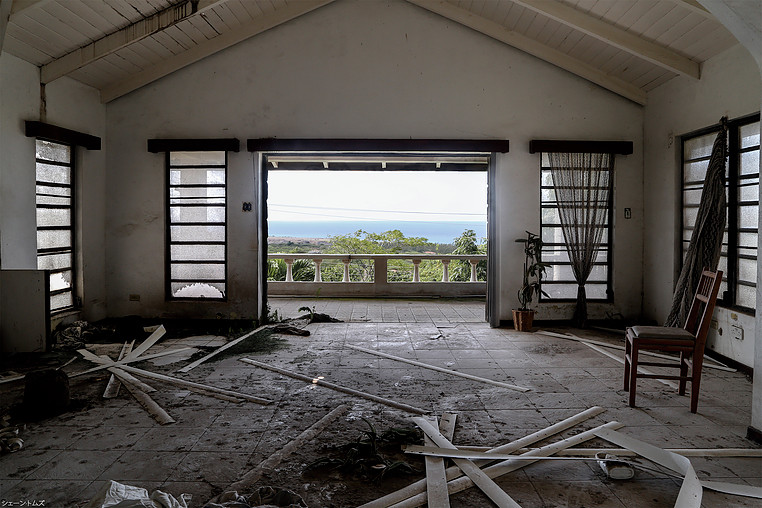
Intrigued by Shane’s suggestion and the promise of combining exploring abandoned ruins with tropical beaches, I checked began checking out what kind of accommodation the Montserrat offers these days. Currently, the island primarily offers villas or guesthouses and there is one small hotel. Most of them are listed on Trip Advisor (with glowing reviews) and even Airbnb. I think I my next winter sun adventure has been decided.
Would you holiday on Montserrat?


